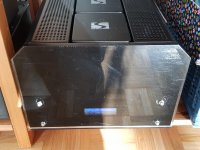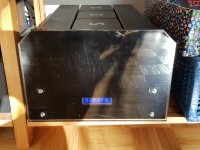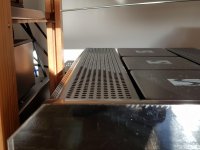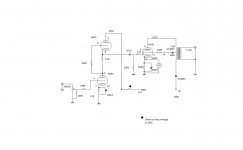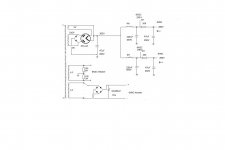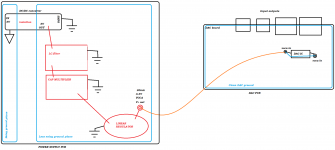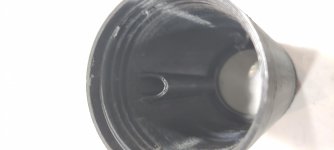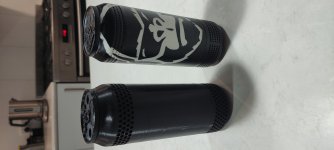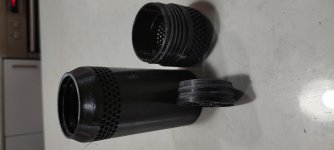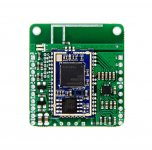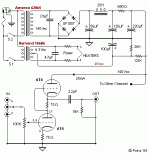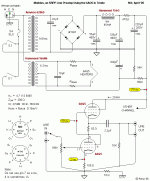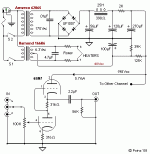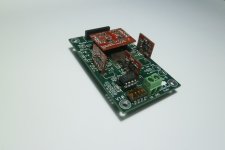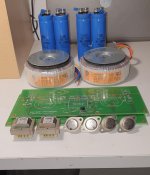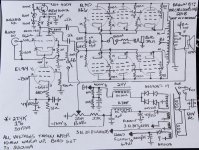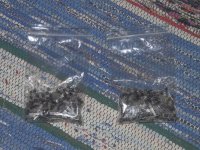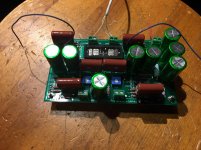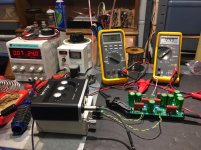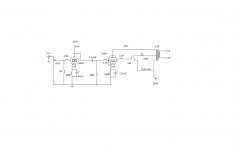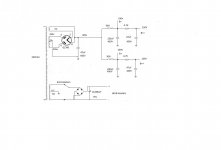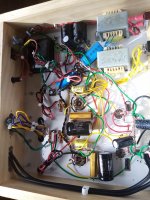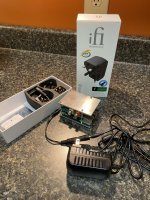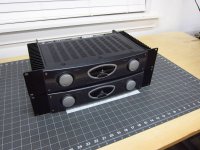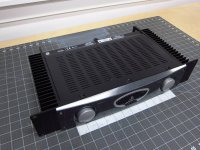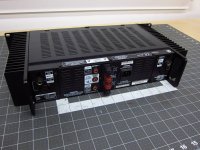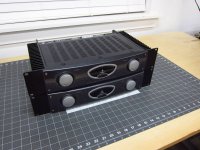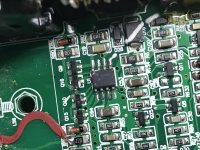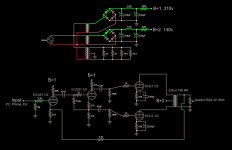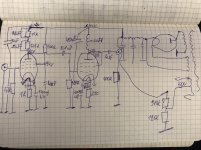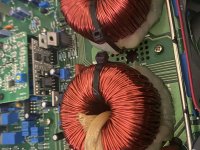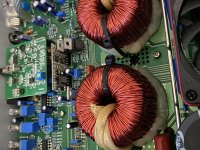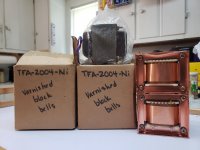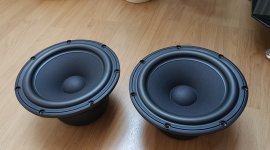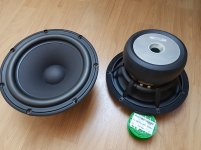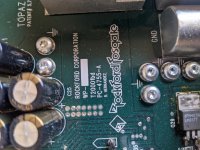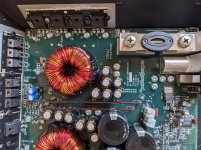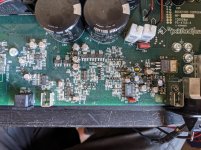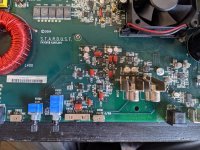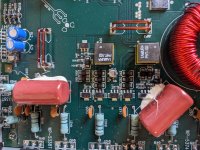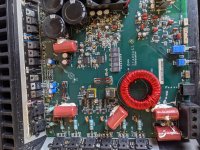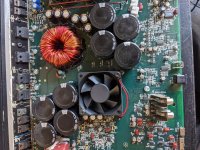Thoughts on this design?
- By deafen
- Tubes / Valves
- 57 Replies
I'm waiting for parts to come in to breadboard this. In the meantime, I'd love to hear any thoughts.
Notes:

Notes:
- Tubes are 6SF5 (half a 12AX7), E1148 (slight variation on 7193/2C22, so half a 6SN7), and 6DY7 (two beam tetrodes in one bottle, shared cathode and screens).
- This is my first design with a CCS that isn't under an LTP. Not sure I'm injecting GNFB in the right place, but LTspice says it's effective there. The CCS is set for about 1.34mA, which comes in at 1.4V at the 6SG5 cathode at idle.
- At a minimum, screens and bias will be regulated. I'll probably regulate the whole thing.
- LTspice says this will generate 22W at 1.2% THD from a 1VRMS input. However, that's probably over-optimistic, because it's got the plates swinging to 30V on the low side and the same distance from 2*B+ on the high side. Oh, and I also don't have series resistance in the OT model.
- The OT inductance ratios are correct for the modeled 16R speaker load. That's an artifact from when I was exploring different OT options, because this wants an oddball impedance (14k). I'll fix up the numbers for the 8R intended load.
- LTspice says the tubes are idling at about 19mA. That's very cold - half of the dissipation limit. The datasheet recommends -20V bias for 400V on the plates, but the only commercial amp to ever use this tube (Stromberg-Carlson ASP-422) indeed sits all the way down at -29V. I'm pretty skeptical - will have to work this out on the breadboard.

